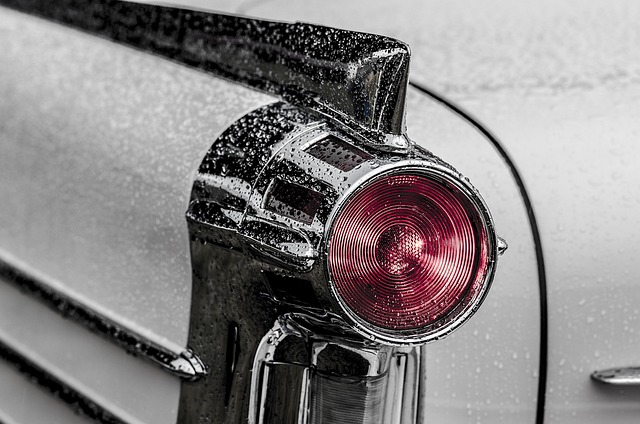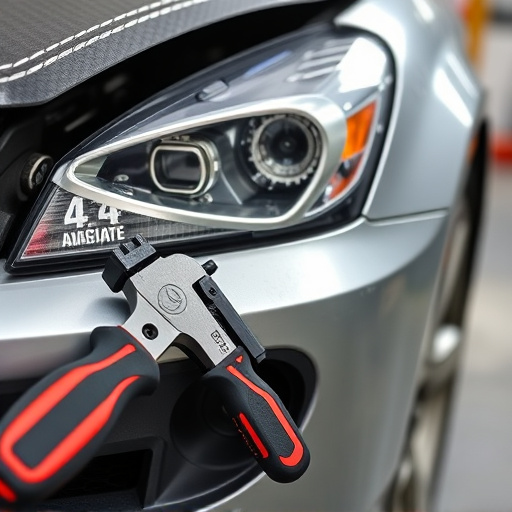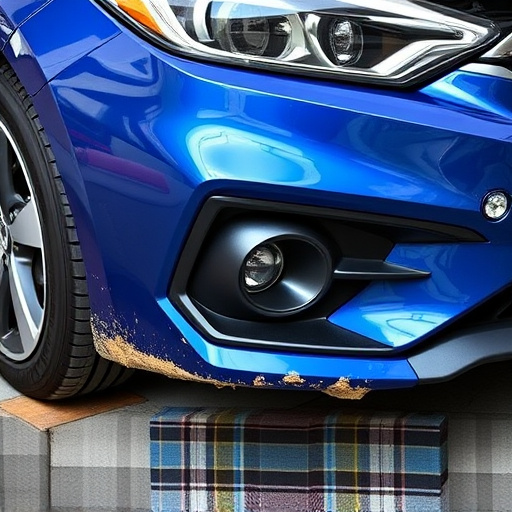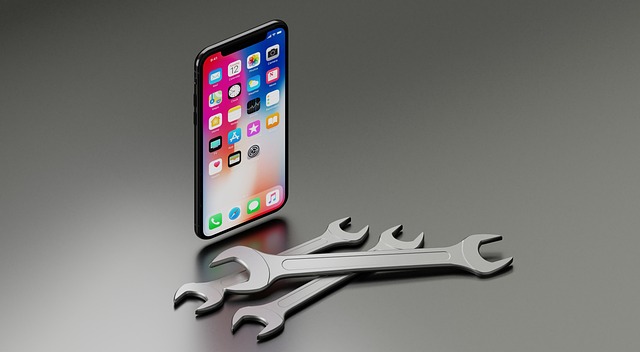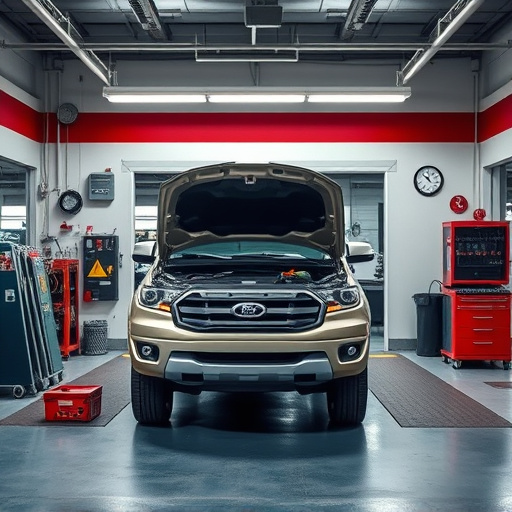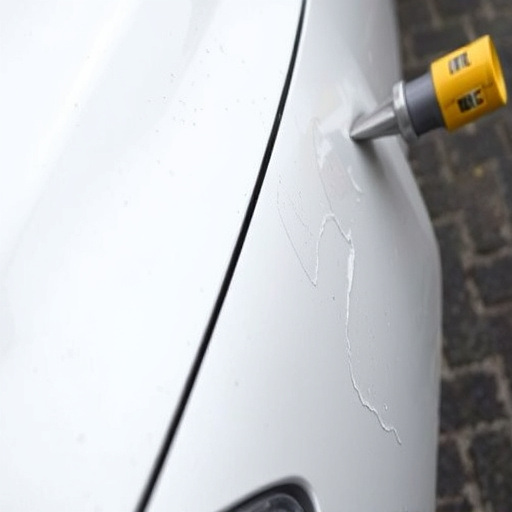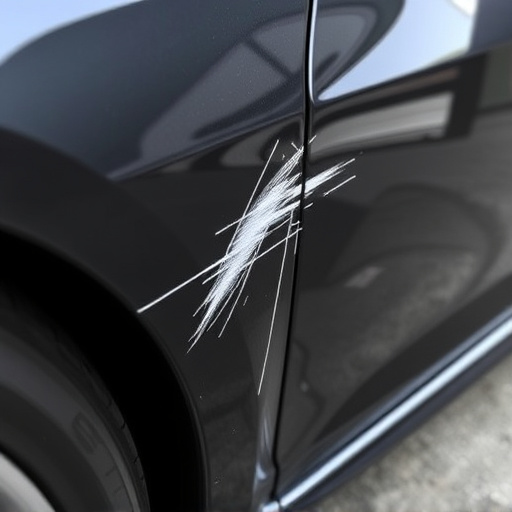Parking lot dent removal provides swift, cost-effective fixes for minor dents and dings in high-traffic areas, using techniques from manual extraction to paintless dent repair (PDR). A thorough inspection determines costs, which vary based on dent size and material damage. Weighing repair vs replacement, considering collision repair services and auto glass repair can prevent expensive body work and preserve vehicle value.
In the realm of maintenance for commercial properties, efficient parking lot dent removal is a critical aspect often overlooked. This comprehensive guide delves into the intricacies of parking lot dent repair and replacement, offering insights that can significantly impact budget allocation. We explore various dent removal techniques, dissecting cost implications through inspection and repair expenses. Additionally, we provide guidance on when to replace damaged areas, balancing the need for aesthetics and structural integrity with cost-effectiveness.
- Understanding Parking Lot Dent Removal Techniques
- Cost Analysis: Inspection and Repair Expenses
- Replacement Considerations: When to Opt for New
Understanding Parking Lot Dent Removal Techniques

Parking lot dent removal is a specialized service that addresses dents and dings incurred in these high-traffic areas. Unlike traditional auto body repairs focused on severe collision damage (often after fender benders), parking lot dent removal techniques are designed for quicker, less intensive fixes. These methods vary from manual extraction using tools like pry bars and air guns to more advanced technologies such as paintless dent repair (PDR). PDR involves specialized equipment that pushes the dented panel back into place without damaging the surrounding area or requiring extensive repainting, making it a popular choice for many auto repair near me services.
The cost-effectiveness of parking lot dent removal lies in its efficiency and reduced material needs compared to conventional collision damage repair. While replacing dents entirely may be more appealing for some, these removal techniques offer a practical and often less expensive solution, particularly for smaller incidents. The process aims to restore the vehicle’s original appearance while minimizing downtime, making it an attractive option for those seeking swift and cost-efficient auto repair solutions.
Cost Analysis: Inspection and Repair Expenses
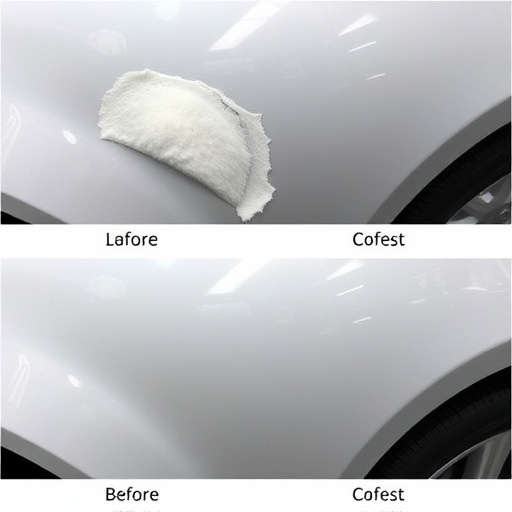
When considering parking lot dent removal, understanding the cost analysis is crucial. The initial step involves a thorough inspection to assess the extent of the damage. This process may include using specialized tools and techniques to determine if the dent can be safely removed without causing further harm to the vehicle’s surface or underlying panels. During this inspection, technicians will also take note of any existing damage or pre-existing conditions that might affect the repair process.
The expenses for parking lot dent removal vary widely based on several factors, including the size and depth of the dent, the type of material used in the car body, and whether there are any associated damages like cracked paint or bent metal. Simple dents may only require a relatively inexpensive repair job, involving techniques such as painting over or using special adhesives. More complex cases, similar to those requiring collision repair or auto glass replacement, can be significantly more costly due to labor-intensive procedures and the need for specialized equipment and skilled technicians—a testament to why prompt action in addressing parking lot dents is often beneficial to avoid more extensive (and expensive) car body repairs down the line.
Replacement Considerations: When to Opt for New
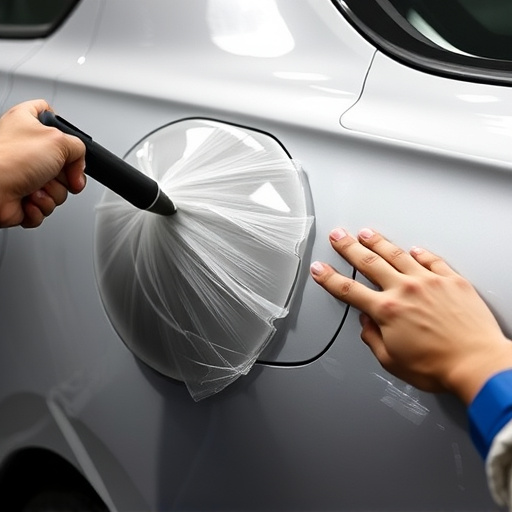
When considering parking lot dent removal, understanding when to opt for new is crucial. The decision between repairing and replacing a dented surface often depends on various factors, including the extent of the damage, the age and material of the affected area, and personal preferences. In many cases, especially with minor dents, collision repair services can effectively restore the original appearance at a fraction of the cost of complete replacement. This is particularly true for metal surfaces, which can be bent back into shape without significant loss of structural integrity.
Additionally, comparing costs for parking lot dent removal should factor in the availability of tire services or auto glass repair as part of the overall package. While replacing an entire panel may seem like a quicker solution, it could lead to unnecessary expenses and downtime. Moreover, opting for professional dent removal services can preserve the value of your property, ensuring that minor aesthetic issues don’t devalue your asset over time.
When considering parking lot dent removal, understanding the cost vs. replacement options is key. By examining dent removal techniques and analyzing inspection, repair, and replacement expenses, businesses can make informed decisions that balance aesthetics, budget, and operational needs. Opting for repairs when damages are minimal or choosing replacement for severe cases allows for efficient parking lot maintenance while ensuring a safe and appealing environment for all users. Effective parking lot dent removal strategies thus contribute to the overall longevity and value of these essential public spaces.




